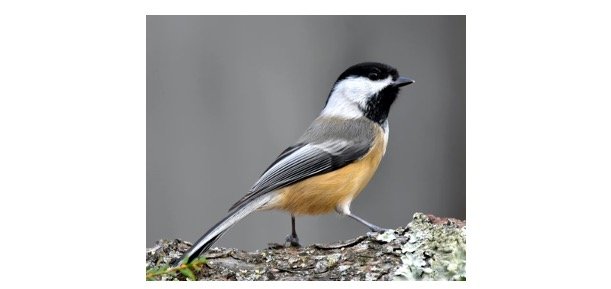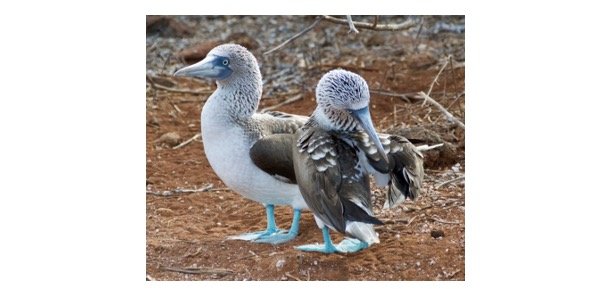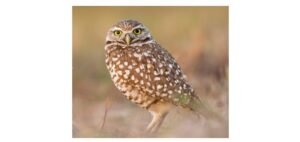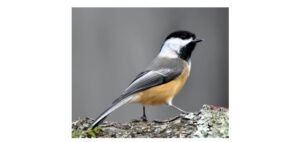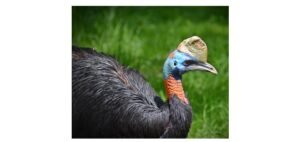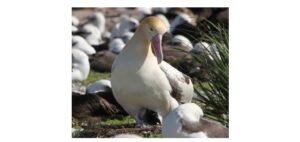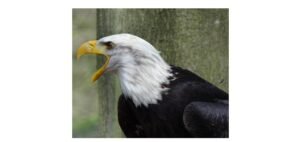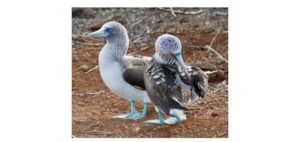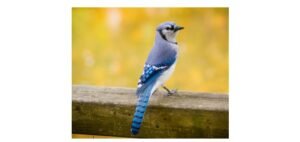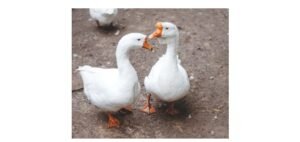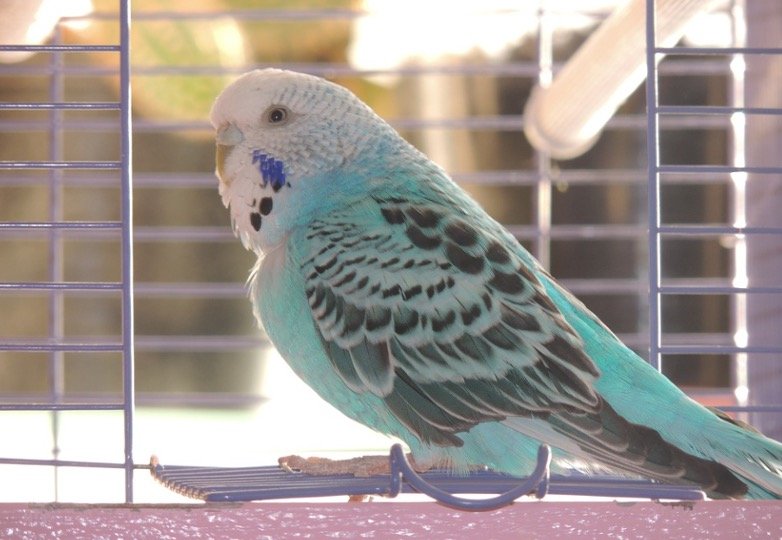
The Budgerigar (Melopsittacus undulatus) is an omnivorous creature belonging to the Animalia family, phylum Chordata, class Aves, order Psittaciformes, and family Psittacidae. Melopsittacus is its genus. Its length is up to 5.9 to 7.8 inches and weighs up to 30 to 40 g, with a wingspan of 10 to 14 inches and a lifetime of up to 3 to 6 years.
A Budgerigar is a bird that feeds on seeds, fruits, insects, and berries. Brightly coloured feathers and warbled communication calls are the most distinguishing characteristics.
Budgerigar birds are preyed upon by humans, snakes, and large birds. Physical features include blue, yellow, green, grey, black, and white skin colour, and feathers on skin.
Budgerigar Description
Budgerigars, sometimes known as budgies, are little Australian birds with brilliant colours. The chests and backs of adult males and females of these species are generally green and yellow in hue.
Black marks can also be found on the head and back feathers in various patterns. Females have pink or purple rings around their beaks, whilst males have blue colouring. They dwell in trees and build their nests in knots or other depressions just big enough to store their eggs and nests.
Budgerigars are very sociable birds, both among themselves and with people. In both the northern and southern areas, males and females will couple up and live in loose colonies. In the wild, they can live for up to 15 years.
This bird is quite easy to tame and makes an excellent pet. They form strong bonds with their owners and will be able to recognise you even if your hairdo or clothing changes.
They may also amass a huge vocabulary and enjoy conversing with people. Some budgies have been known to be able to communicate hundreds of words.
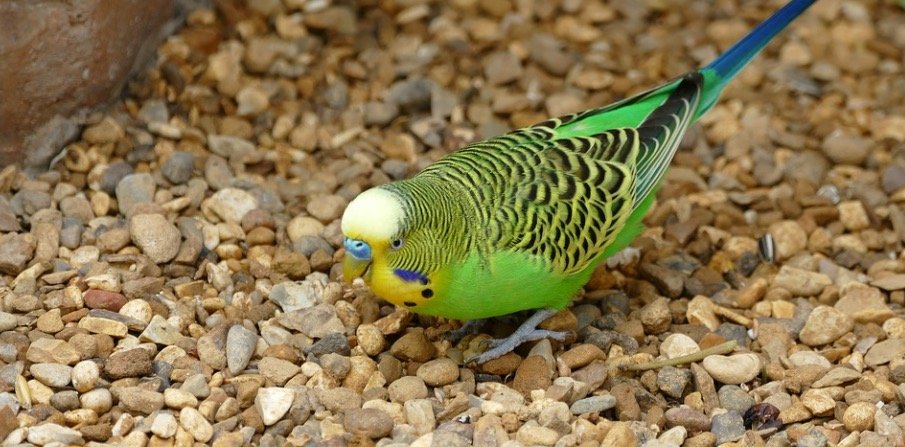
Budgerigars are indigenous to Australia, and they move north and south in the wild. These birds are also incredibly sociable, both with humans and with one another. As a result, they are well-liked pets all throughout the world.
Due to their popularity as pet birds, these birds may be found throughout North America, South America, Europe, and Africa. In fact, it is estimated that there are up to five million of these little birds on the planet today.
In terms of its danger of being engendered, the budgerigar has a conservation category of least concern. Either in the wild or in captivity as pets, these birds breed quickly and rapidly.
As a result, the global population of budgies is believed to be around 5,000,000 birds and is expanding. Despite being native to Australia, these birds have spread around the world as a result of their popularity as human pets. North America, South America, Europe, and Africa all have colonies of these birds.
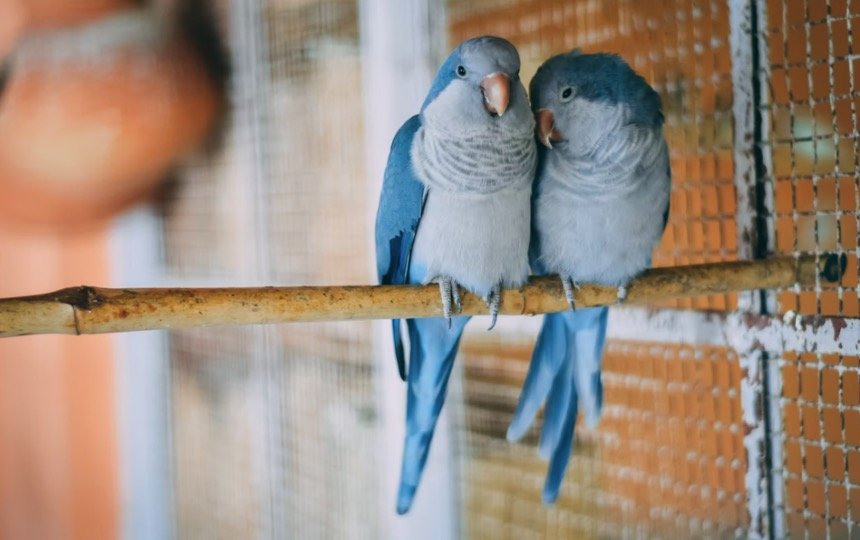
Fun Facts About Budgerigar!
• These birds are Australian natives who travel north and south across the nation.
• In the aboriginal language of the Australian Aborigines, the term “budgerigar” means “excellent to eat.”
• They have over 1,000 colour options to choose from. Green, yellow, blue, and many tints in between are the most frequent colours.
• Budgerigars may be easily tamed in the wild.
Various Budgerigar Species
Budgerigar or Budgie is the popular name for only one bird species. Melopsittacus is a genus with only one species. Melopsittacus undulatus is the scientific name for this critter.
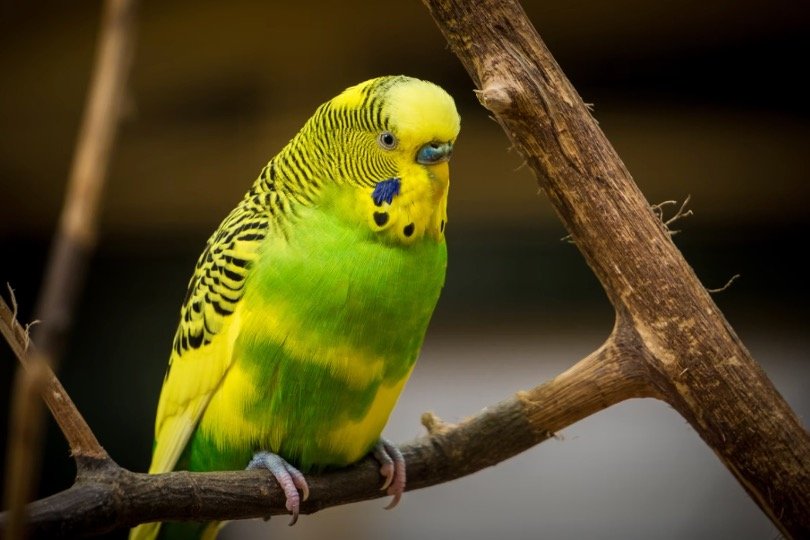
Budgerigar Appearance and Behavior
These parrots are smaller than the majority of other parrot species. They are usually between one and one-and-a-half ounces in weight. They are often just seven inches tall, with a 12 inch wingspan.
Budgies may be found in a thousand different colour combinations, but yellow and green are the most common. On their heads and backs, these birds typically show glimpses of blue as well as black patterns. The tail feathers can grow to be 4.5 inches long.
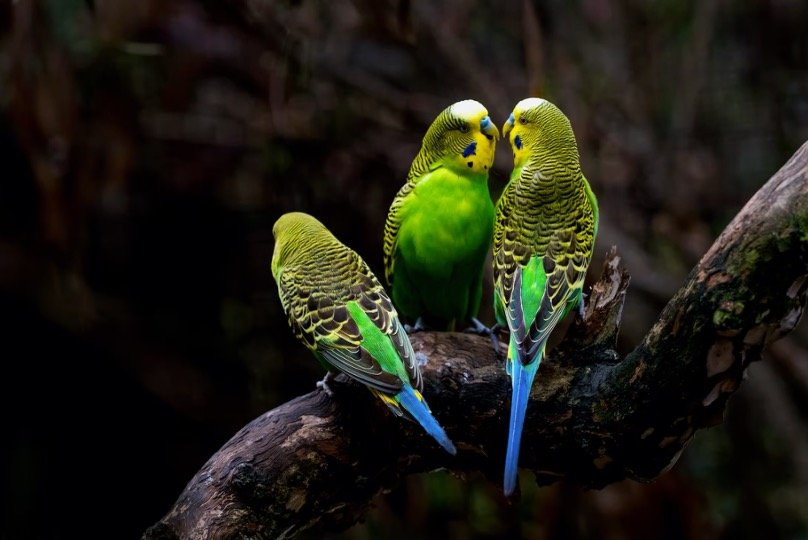
Parakeet vs Budgie
Some individuals may tell you that parakeets and budgies, as budgerigars are popularly called, are the same thing, depending on where you check for information. In essence, such a statement is correct.
The fact is that the term “parakeet” refers to a variety of small bird species with long tail feathers. They are parrots, although they do not grow to the same size as lovebirds, cockatoos, or many other species.
According to some estimates, there are almost 400 different parrot and parakeet species on the planet. The budgie is a particular species of bird that lives in Australia. The names of these birds differ depending on where you’re from or where you’re now located.
Budgerigars are the names given to these little, vividly coloured critters throughout Australia, Europe, Africa, and the rest of the world. These birds are known as parakeets in the United States.
Budgies normally survive for five to ten years in captivity, although some of these birds have lived for 15 years or more. Other parakeet species, such as the monk parakeet, have been known to live for up to 20 years.
Budgies are highly gregarious animals. When not migrating, they like to couple up in the wild and reside in tiny colonies of a few hundred birds. These birds make excellent pets since they are lively and have a talent for imitating their human owners.
They are gregarious and like conversing with their owners. Budgerigars like to reside in tree holes or other crevices large and flat enough for them to deposit their eggs in the wild.
These birds, on the other hand, will be content with a flat box or floor filled with a soft substance as a pet. Regarding your pet budgie, clean wood shavings or bits of shredded paper will suffice.
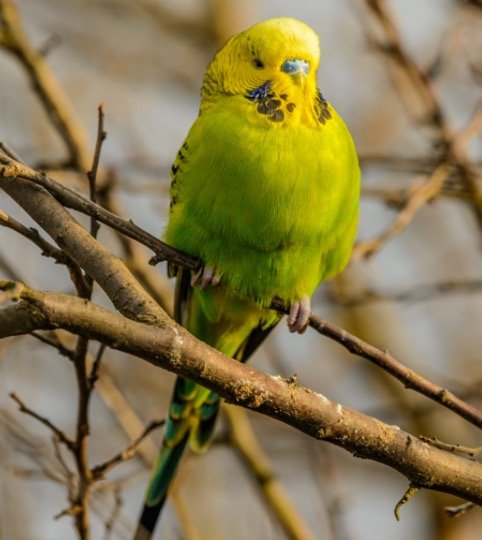
What Do Budgerigar Eat?
The majority of the food consumed by these birds is grass seeds. They also search for fruits and plants on the ground. Berries are another favourite food for budgies, but too much fruit might make them unwell.
Budgerigar Predators and Threats
The entire population of budgies is increasing. Habitat loss and other problems that might be a worry for other wild wildlife are not a big concern for these birds since they can be kept as pets easily and cheaply.
Larger birds like hawks and falcons, on the other hand, hunt budgies. Feral cats, rats, and other rodents have been known to raid budgie nests for eggs or even kill the birds.
Budgerigar Reproduction, Babies, and Lifespan
Budgies attain maturity around the age of eight months. These birds will team up in the wild to mate and rear their young. In a single clutch, the females usually lay four to six eggs.
Once the eggs have been incubated, it may take up to 20 days for the chicks to hatch. It might take another week or ten days for all of the eggs to hatch. Chicks are born without down or other feathers and are blind.
During the first 10 days or thereabouts, their moms are responsible for keeping them warm at all times until their eyes open. They’ll start to grow down and feathers after that, but it’ll take another 4 or 5 weeks until they’re ready to leave the nest.
Fledglings start to learn to fly and attempt to leave the nest between the ages of six and eight weeks. The age of the chicks varies based on the number of chicks in the brood and their individual ages.
Chicks hatched without any other nestmates, for example, learn to fly far faster than those born in bigger clutches. These youngsters, who are the only ones in their family, benefit from their parents’ additional attention.
These birds may live up to 15 years in the wild, but in captivity, they usually die between the ages of five and ten.
